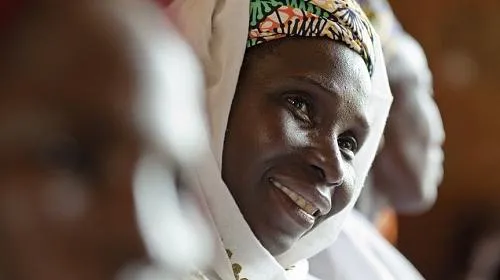Some of the world’s fastest growing economies are in Africa, and one emerging economic growth solution can be attributed to village savings and loan associations (VSLA), an economic solution founded by CARE in Niger in 1991.
CARE’s VSLAs have surpassed four million members in 26 countries throughout Africa. The model has also been adapted by other organizations, such as Catholic Relief Services and Plan International. The New York Times reports that more than nine million Africans, primarily women, have joined VSLA groups over the past five years, and they are operating in 65 countries.
VSLAs are different from the average microfinance model in that it is savings-led and completely self-managed, with members contributing their own capital rather than borrowing from a financial institution. VSLA members deposit their savings in a group lockbox at weekly meetings — sometimes as little as 10 cents — and earn interest on loans to group members who take out money to start businesses, improve their farms or make other investments in their futures.
Once VSLA members have been trained and skilled at the process, many grow the program on their own by training other villagers. As the groups grow, CARE is leveraging mobile technology to develop solutions for linking the VSLA groups with banks. CARE is working to get banks and telecommunications companies to recognize the financial history and skills of people in VSLA groups, and to offer products and services tailored to their needs.
“We’d like to see savings groups become a pathway for formal financial inclusion,” said Lauren Hendricks, CARE’s Executive Director of Access Africa.
Read The New York Times article here.

